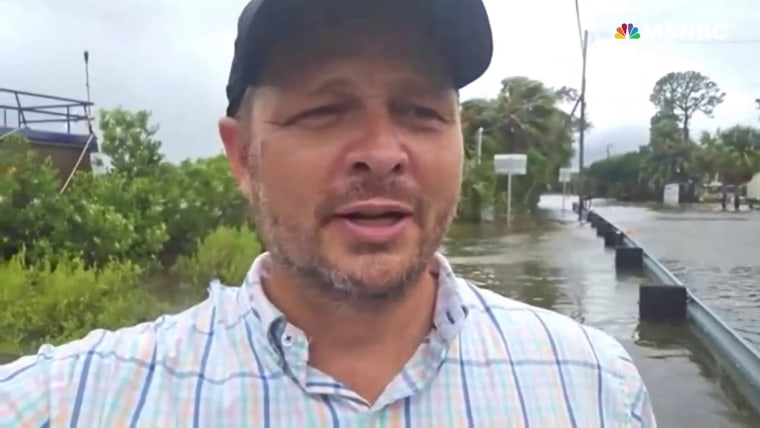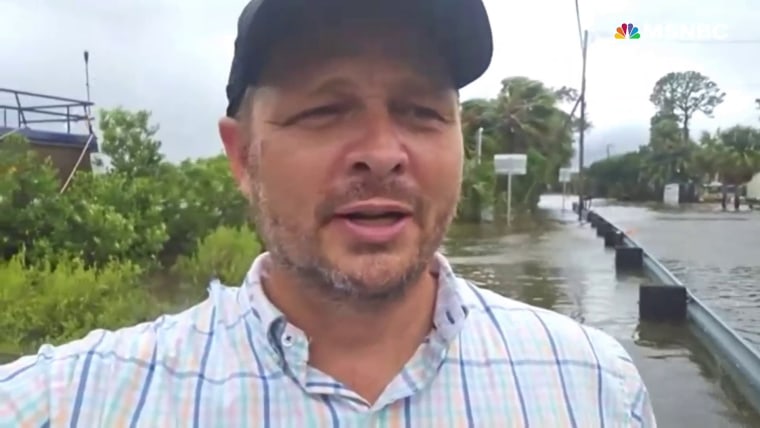Idalia has added to an extraordinary stretch of major hurricanes making landfall in the United States.
It came ashore as a Category 3 with 125 mph winds, making it the eighth major hurricane to make landfall since 2017. It’s now been six consecutive years with a major hurricane hit.
There were no major hurricane landfalls in the contiguous U.S. in the six-year period prior to 2017.
The last major hurricane landfall before 2017 was 12 years earlier, when Wilma slammed into Florida. Major hurricanes are defined as Category 3 or above, with wind speeds of 111-129 mph.
When Category 1 and 2 hurricanes are included in total landfalls since 2017, the tally comes to 19 in six years, including Idalia.
The recent spree of major hurricane strikes on the contiguous U.S. began with Harvey and Irma in 2017, which slammed into the Texas and the Florida coasts, respectively, as powerful Category 4 storms.
Hurricane Michael struck the Florida Panhandle as a Category 5 in 2018, the first in that category to make landfall on the contiguous U.S. since Hurricane Andrew in 1992.
The hyperactive and record-setting season of 2020 also recorded two major hurricane strikes: Laura (a Category 4 at landfall) and Zeta (a Category 3 at landfall).
Hurricane Ida in 2021 did extreme damage to southern Louisiana and in 2022, Ian, a Category 4 hurricane, produced catastrophic storm surge in parts of southwest Florida.
The seven major hurricane landfalls from 2017-2022 resulted in $477 billion in damage, according to the National Oceanic and Atmospheric Administration.
Prior to the past six years, 2004 and 2005 were among the most damaging hurricane seasons on record. Those years saw a combined seven major hurricane landfalls in the U.S., including some of the most notorious hurricanes in history such as Katrina (2005), Rita (2005) and Charley (2004).
Before 2004, major hurricane landfalls occurred in 1999, 1996, 1995 and 1993.
One reason for the recent increase is the rise in rapidly intensifying hurricanes that continue strengthening up to landfall.
Idalia rapidly intensified in 24 hours, from a 75 mph Category 1 at 5 a.m. ET Tuesday to a 130 mph Category 4 hurricane at 5 a.m. Wednesday.
This joined the class of 10 other historical storms since 1950 to intensify at least 40 mph in 24 hours before landfall. Five of the storms occurred in the past seven years.
Attribution research reveals that there is a correlation linking the recent increase in the number of tropical cyclones that go through rapid intensification in the Atlantic Basin to the warming climate and warming sea surface temperatures.
Source: | This article originally belongs to Nbcnews.com










